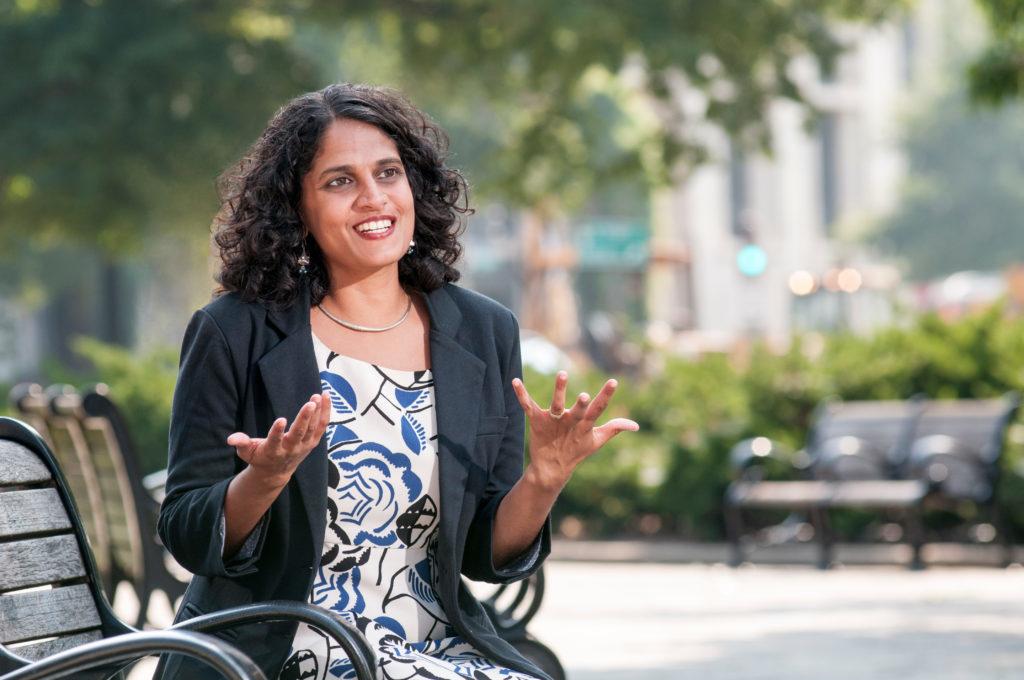A public health professor’s new study may make some people rethink their decision to dine out.
A study, published last week in the journal “Environmental International,” found that people who eat at restaurants or get takeout more often than eating a home-cooked meal are at greater risk of ingesting synthetic chemicals – called phthalates – that can interfere with human development.
Ami Zota, an assistant professor of environmental and occupational health and the senior author of the study, said she’s been studying chemicals like phthalates, which are used to package and process food, for almost eight years. The team examined the diets and chemical levels for about 10,000 people for the study using data from the Centers for Disease Control and Prevention, she said.
The data, collected every two years between 2005 and 2014, was meant to represent the entire U.S. population, including detailed information about people’s diets and chemicals found in the subjects’ urine samples, Zota said. The team found that people who are eating more food from restaurants had phthalate levels that were about 35 percent higher than those who said they mostly cook and eat their own food.
The chemical can interfere with the production of testosterone, which can impact early human development, and has been associated with infertility risk, pregnancy complications and chronic diseases like childhood obesity and Type II Diabetes, Zota said.
“They are presumed to be reproductive hazards in humans even at levels commonly found in the environment,” she said.
Zota said synthetic chemicals from plastic packaging material often seep into takeout food, which can be in close contact for extended periods of time.
“These chemicals can often migrate out of whatever product they’re in and into the food,” she said.
The study will hopefully encourage consumers to eat more home-cooked meals to avoid harmful chemicals, Zota added.
“Change starts with raising awareness,” she said. “Phthalate contamination of the food supply represents a larger public health problem, and that’s one that must really be addressed by policymakers as well as people in business and the marketplace.”
Julia Varshavsky, a post doctorate at the University of California, San Francisco and another lead author of the study who conducted the data analysis at University of California, Berkeley, said the project examined the presence of chemicals in places like full-service restaurants, fast-food joints and cafeterias.
She said the study is the first to use data-backed comparisons of people who eat out compared to those who eat more home-cooked meals. She said the team was right in initially suspecting that there would be more toxic chemicals in the urine samples of patients who ate out more often than eating at home.
“While I’m not a policymaker, I do hope that my research informs policy and found evidence-based policy because otherwise I’d be doing it in a vacuum and that’s not my intention,” Varshavsky said.
She said it’s not only the consumer that should be responsible for avoiding synthetic chemicals if they are dining out, especially for demographics like college students, where takeout and cafeteria food make up the bulk of their diets. She said companies should take responsibility for securing the safety of food.
“I do the same thing, we’re all busy,” Varshavsky said. “I have a child now and I’m amazed at how much I rely on packaged food, but that’s partly why I think the burden shouldn’t be on the consumers to have to worry about it, but rather removing phthalate from the food supply so that we don’t have to think about it.”





